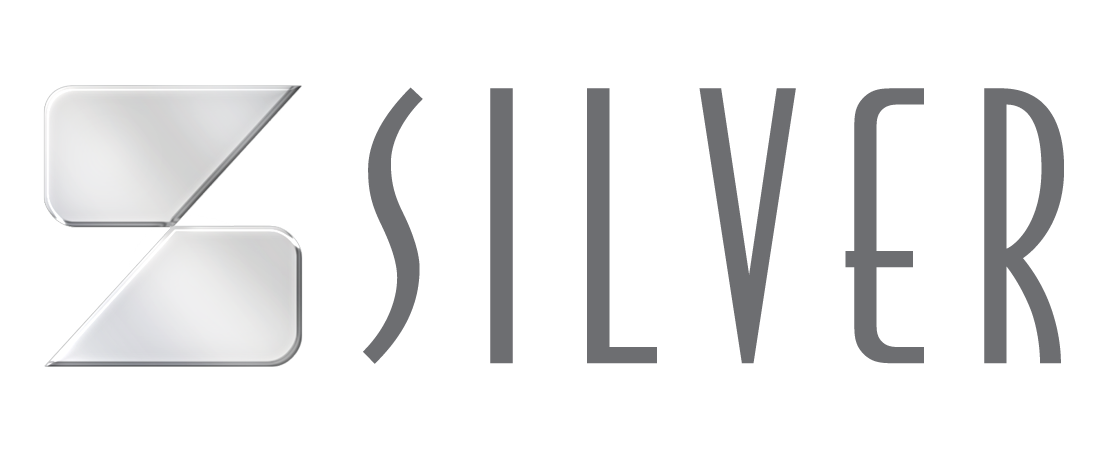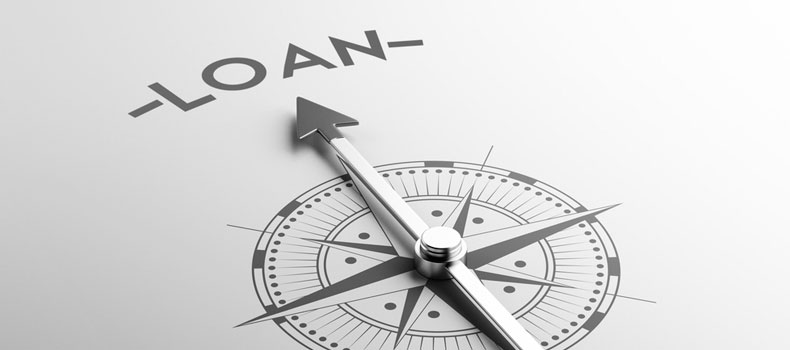In finance, we refer to financial leverage as the use of debt to partially finance the setup and operation of a business. The decision to use or not use debt to finance a business, and in what proportion, is one of the most important decisions any entrepreneur or business owner must make. In our country, within some business sectors, there tends to be a certain aversion to debt. This aversion has largely been driven by the high instability of interest rates and the limited availability of soft loans that promote entrepreneurship and offer specific conditions tailored to the particular needs of each business.
In this article, we aim to clearly explain the effect that financial leverage has on a business’s profitability, with the goal of helping entrepreneurs and business owners make informed decisions when faced with this important choice. To understand how financial leverage works, let’s look at the following illustration:
Juan and Pedro have been friends since early childhood. Their families, both involved in the construction sector, are neighbors and attended the same school and university. After studying business in the United States, Juan and Pedro return to the Dominican Republic to take part in managing their family businesses. After several years, an opportunity arises to open a hardware store where Juan and Pedro’s families plan to form a partnership, each contributing 50% of the required capital. Juan and Pedro are assigned the project to take on the leadership role and subsequently manage this new business.
Juan and Pedro begin working on a business plan, and through their analysis, they determine that the hardware store has the potential to generate annual revenue of RD$60,000,000, with a profit margin of 10%. To set up the business, they would need to make a total investment of RD$24,000,000. They calculate that this business would yield an annual return on investment (ROI) of 25% (profits of RD$6,000,000 / investment of RD$24,000,000). Juan and Pedro call a meeting to discuss how this investment will be financed. During the meeting, their parents decide that each family will contribute RD$12,000,000 in capital, ensuring that no debt will be used. Based on this decision, Juan and Pedro prepare the following table to present to their families, showing the profitability each family would achieve from the business:
In the midst of this process, Pedro’s family faces unexpected liquidity issues, forcing them to withdraw from the business opportunity. As a result, Juan consults with his father and asks if they would be willing to assume the total investment required for the business (RD$24,000,000). His father responds negatively, stating that they only have RD$12,000,000 available. Determined and motivated by the project, Juan visits the account officer at one of his banks to present the opportunity. The bank finds the project appealing and offers Juan a loan facility of RD$12,000,000 at an interest rate of 15%. Based on this, Juan revises the business plan and prepares the following option to present to his family:
After some deliberation, Juan’s family agrees and approves the business plan, including taking on a bank loan for 50% of the total required investment.
What effect did the bank loan have on the return on investment (ROI) for Juan’s family?
As we can see, when Pedro’s family withdrew from the business and their investment was replaced with a bank loan, the return on investment (ROI) for Juan’s family increased from 25% to 35%. This is what we call Financial Leverage. This business requires a total investment of RD$24 million and generates an operating profit of RD$6 million. In the scenario without a bank loan, where each family contributed RD$12 million, the RD$6 million in operating profit was split equally between the families, giving each RD$3 million and yielding a 25% ROI. In the scenario where Pedro’s family withdrew and the bank loan was used, the RD$6 million in operating profit was distributed as follows among the fund providers (Juan’s family and the bank):
RD$1.8 million paid to the bank as interest,
RD$4.2 million allocated to Juan’s family as net profit.
By replacing Pedro’s family’s investment with the bank loan, of the RD$3 million in profit that Pedro’s family would have originally received, only RD$1.8 million was paid to the bank as interest, and the remaining RD$1.2 million was added to Juan’s family’s share of the profit. This increased their ROI from 25% to 35%. In simple terms, in any business, if part of the required investment can be financed with debt at an interest rate (15% in our example) that is lower than the ROI generated by the business without debt (25% in our example), financial leverage will be created, which positively impacts the shareholders’ return on investment.
In this article, we have simplified and slightly magnified the illustration to highlight the key point we wanted to share. In future articles, we will also discuss some criteria regarding the additional risks that come with financial leverage.

